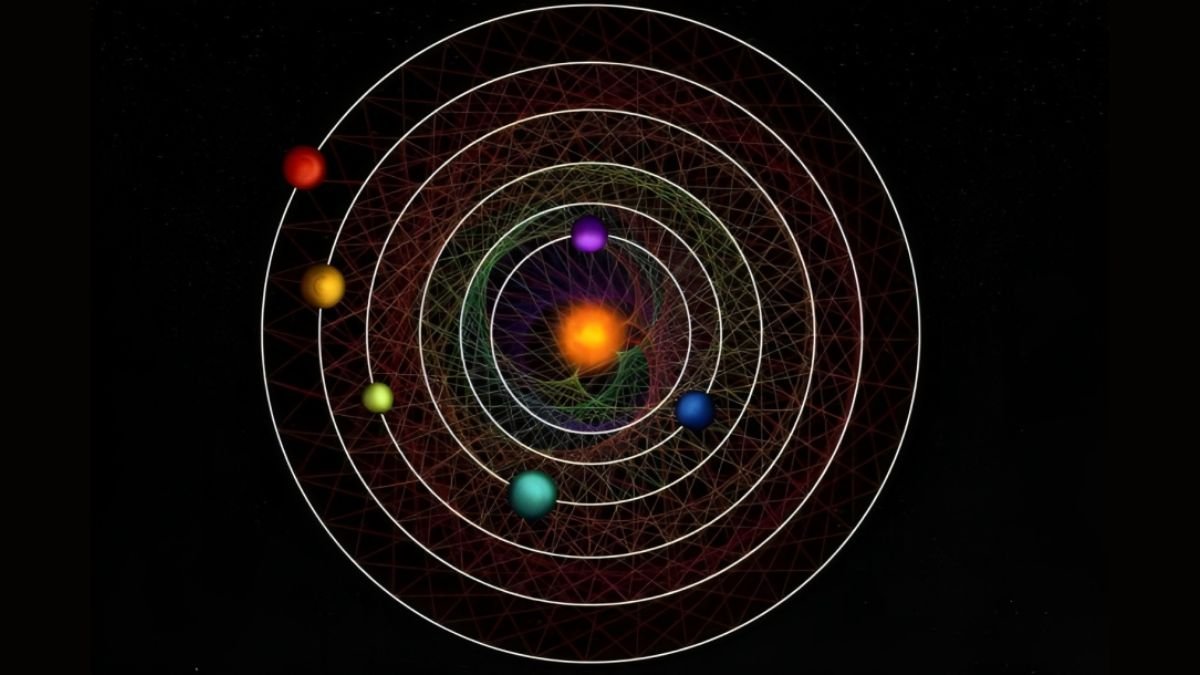In a recent study published in the scientific journal Nature, scientists discovered something System of six planets in the Milky Way They move synchronously in a strange ‘orbital waltz’. A team of researchers from the University of Chicago, led by scientist Rafael Luque, describes a rare resonance and compares the phenomenon to sub-Neptunian planets.
‘Sub-Neptunian’ planets are larger than Earth but smaller than Neptune; a feature observed in six cosmic objects. Located about 100 light-years from Earth, the planets orbit a star called HD110067 in the northern constellation of Berenice’s Hair. For scientists, the unique properties of this planetary system may offer a better understanding of how the formation and evolution of planets work.
The size and nature of planets may be crucial to understanding how ‘sub-Neptunes’ form, the researchers explain. They also believe there is a possibility of finding signs of life in the atmospheres of planets.After all, they also have a main star like the Solar System. But not everything in this star system has similar properties.
“It is ideal for studying how planets are created because this solar system did not have a chaotic beginning like ours and has not been affected since its formation. This discovery will be a reference system for studying how sub-Neptunian planets are formed. Luque said, “The types of planets commonly seen outside the solar system are “whether they exist, how they form, how they develop, what they are made of, and whether they have the right conditions to support the presence of liquid water on their surfaces,” he said.
Six planets and one star
Using data from NASA’s Transiting Exoplanet Survey Satellite (TESS) and ESA’s Character Identifying ExOPlanet Satellite (Cheops), scientists found that the planetary system is in resonance. According to the data probably Planets have been moving in the same resonance orbit for millions of years since their cosmic structures were formed in the universe.
The first planet in the system makes three orbits around the star, while the next ones make two orbits until they reach the fourth planet. From then on the orbits change to a 4:3 relative velocity pattern. Scientists explain that even planetary systems are common in the galaxy, but finding ones with resonant orbits is not that easy.
“We think that only one percent of all systems remain in resonance, and even fewer show a planetary chain in this configuration. [A estrela HD110067] it shows us the original configuration of a planetary system that has survived intact,” adds Luque.
Did you like the content? Stay informed about all the astronomical discoveries at TecMundo and get the opportunity to understand how dust torque affects the formation of planets.
Source: Tec Mundo
I’m Blaine Morgan, an experienced journalist and writer with over 8 years of experience in the tech industry. My expertise lies in writing about technology news and trends, covering everything from cutting-edge gadgets to emerging software developments. I’ve written for several leading publications including Gadget Onus where I am an author.











